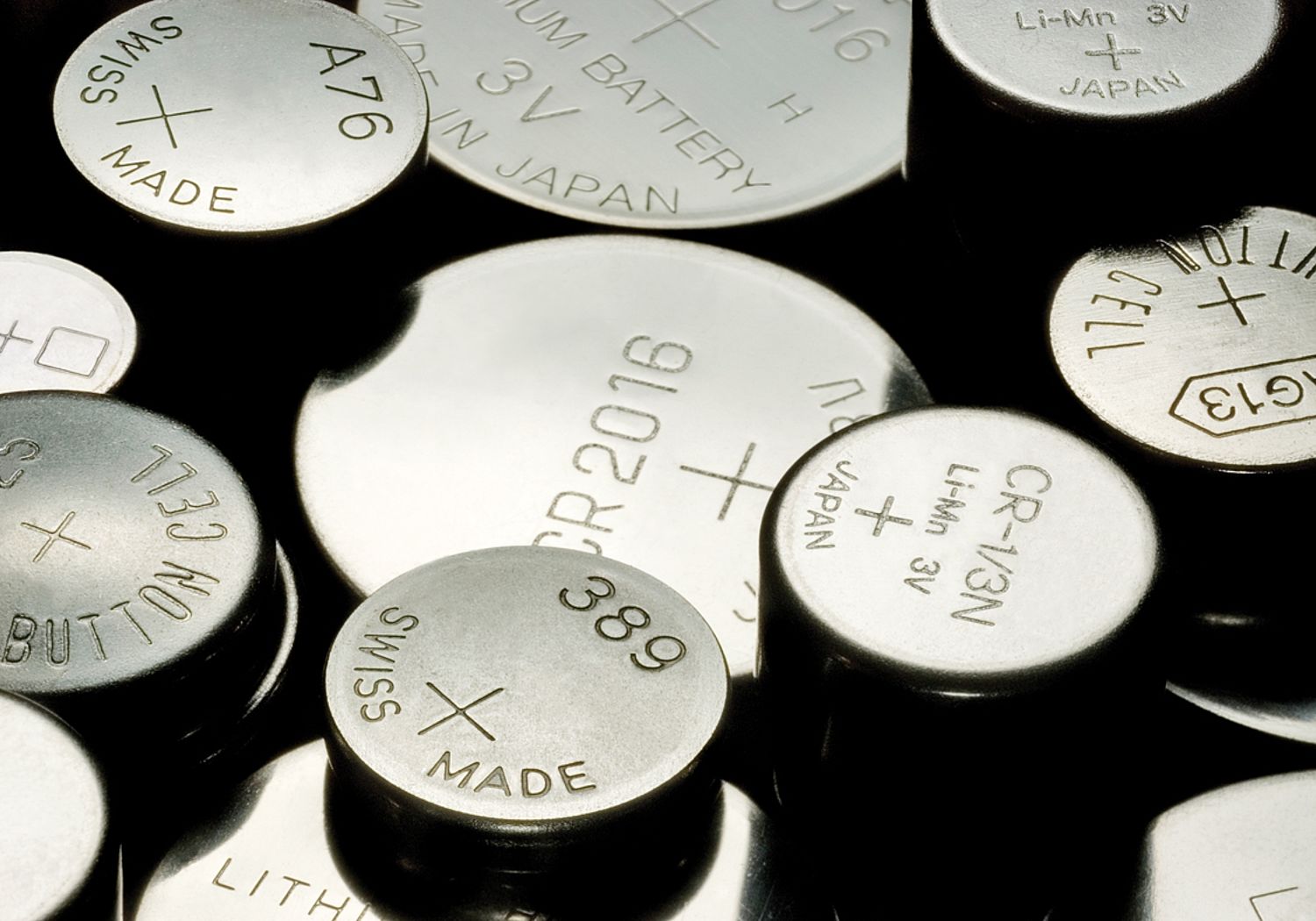Metrology for Energy Harvesting
Short Name: Harvesting, Project Number: ENG02
Harvesting waste energy: Developing sources of sustainable energy from human activity and natural processes
Mass market adoption of energy harvesting technologies is dependent, in part, on reliable information about their performance. Both developers and users of energy harvesting technologies require reliable performance information in order to design and implement suitable devices. This EMRP project developed measurement capabilities for two approaches to energy harvesting: waste heat and movement and vibration i.e. technologies that perform thermo-electric and electro-mechanical energy conversion.
The project developed:
- New facilities, reduced uncertainties and new reference materials for the assessment of the performance of thermo-electrical converters. New facilities have been constructed for measuring the thermal conductivity of thermoelectric materials from room temperature to 725 K with reduced uncertainties (between 5 % and 8 %). High temperature reference materials were developed for the Seebeck coefficient (a key performance parameter) at a range of temperatures. These are particularly important for improving engine efficiency in the automotive industry and it is the first time that reliable reference materials for Seebeck coefficients with low uncertainties above about 400 K have been made available.
- New facilities to assess the properties and performance of vibrational energy harvesters such as piezoelectric converters. These included capabilities to conduct performance mapping of vibrational energy harvesters with varying inputs in terms of vibration frequency, amplitude, acceleration and load resistance. This performance mapping provides important input into the development of standardised test methods and performance metrics.
- Unique facilities for the measurement of efficiency for electro-mechanical conversion and models to predict efficiency in technologies of commercial interest such as the piezoelectric cantilever. These facilities enabled the identification of new sources of internal loss in piezoelectric converters, and demonstrated that efficiency can be significantly improved by reducing the amount of piezoelectric material, potentially saving cost as well as improving performance.
- Traceable measurement of electrical quantities in energy harvesting devices. New techniques were developed for power measurement for the low level and complex signals typically encountered in energy harvesting power measurements. These techniques enable a wide range of measurement equipment to be tested and calibrated.
- Novel approaches to assess micro and nano scale energy harvesting devices. Energy harvesting is in its infancy and a suite of measurement facilities has been developed to support the development of MEMS (micro-electromechanical systems) as energy harvesters and emerging approaches based on nanostructured thermoelectric and piezoelectric devices.
Delivering impact
Documentary standards play a key role in the uptake of energy harvesting technologies. Input from the project team was requested by the International Society of Automation for the development of energy harvesting performance metrics for their Power Sources Working Group (ISA100.18). Broader standards participation by the NMI community has been discussed and is expected with IEC Technical Committee 113 (Nanotechnology standardization for electrical and electronic products and systems) and IEC Technical Committee 47 (Semi-conductor devices).
The new measurement capabilities and knowledge generated are being taken up by industry in a number of ways. A large materials engineering company is using the project’s research to help them develop standardised energy harvesting metrics, to provide their customers with a clear understanding of the output of a device in specific environments. A global engineering company is applying the measurement capabilities to energy harvesters currently under development. The project partners are also working with an industrial consortium, including a world-leading provider of aerospace systems, an international software company and four SMEs, which is developing vibration energy harvesters for autonomous sensors for aircraft monitoring.
Coordinator: Jürgen Melcher (PTB)
For more information, please contact the EURAMET Management Support Unit:
Phone: +44 20 8943 6666
E-mail: empir.msu@euramet.org
- EMRP Energy Theme impact case studies
IEEE Transactions on Magnetics
Precision Electromagnetic Measurements (CPEM 2014), 2014 Conference
Advanced Energy Materials
Proceedings of the 9th European Conference on Thermoelectrics (AIP Conference Proceedings)
Physica Status Solidi (c)
IEEE Transactions on Magnetics
